Choosing a dog for your family isn’t just about falling in love with a cute face — it’s about finding the right match for your lifestyle. After all, every pup has its own personality, needs, and quirks. Some dogs are full of energy and love to be outdoors all day, while others prefer quiet cuddles and short walks. The trick is knowing which one fits best with your family’s rhythm before you bring that wagging tail home.
While all dogs are lovable in their own way, not every breed is ideal for homes with young children, busy parents, or limited space. Some require tons of attention, regular training, or extra exercise that can be tough to keep up with.
And here’s an interesting fact — according to the American Veterinary Medical Association, nearly 45.5% of U.S. households own at least one dog, but many pet owners admit they didn’t fully understand their dog’s needs before adoption.
So before you make the leap into pet parenthood, it’s worth learning which are the most dangerous dog breeds that can be challenging for families, especially first-time owners.
Disclaimer: This guide isn’t about labeling breeds as bad — every dog can be loving with the right care. These examples simply highlight breeds that need specific training, time, or environments.
Key Takeaways
Uncover why breeds like Chow Chows, Akitas, and Bullmastiffs top the list to avoid.
See how Dalmatians, Huskies, and Jack Russells can overwhelm family life.
Learn why Basenjis and Australian Cattle Dogs aren’t ideal for multi-pet homes.
See how even the sweetest dogs can show tough sides in family life.
Top Dog Breeds to Avoid
1. Chow Chow
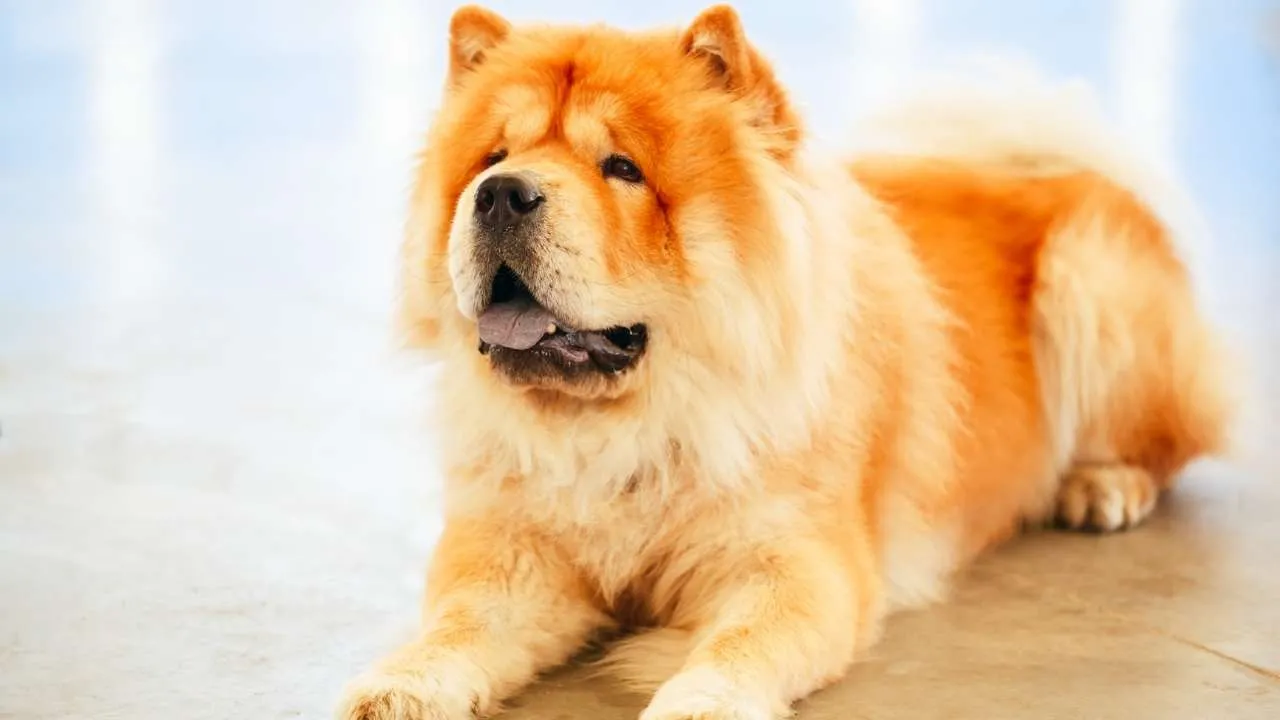
The Chow Chow is an ancient breed from China, known for its lion-like mane and proud, serious personality.
With their deep-set eyes and unique blue-black tongue, these dogs carry themselves like true aristocrats. They’re clean, quiet, and independent — traits that make them stand out from many other breeds.
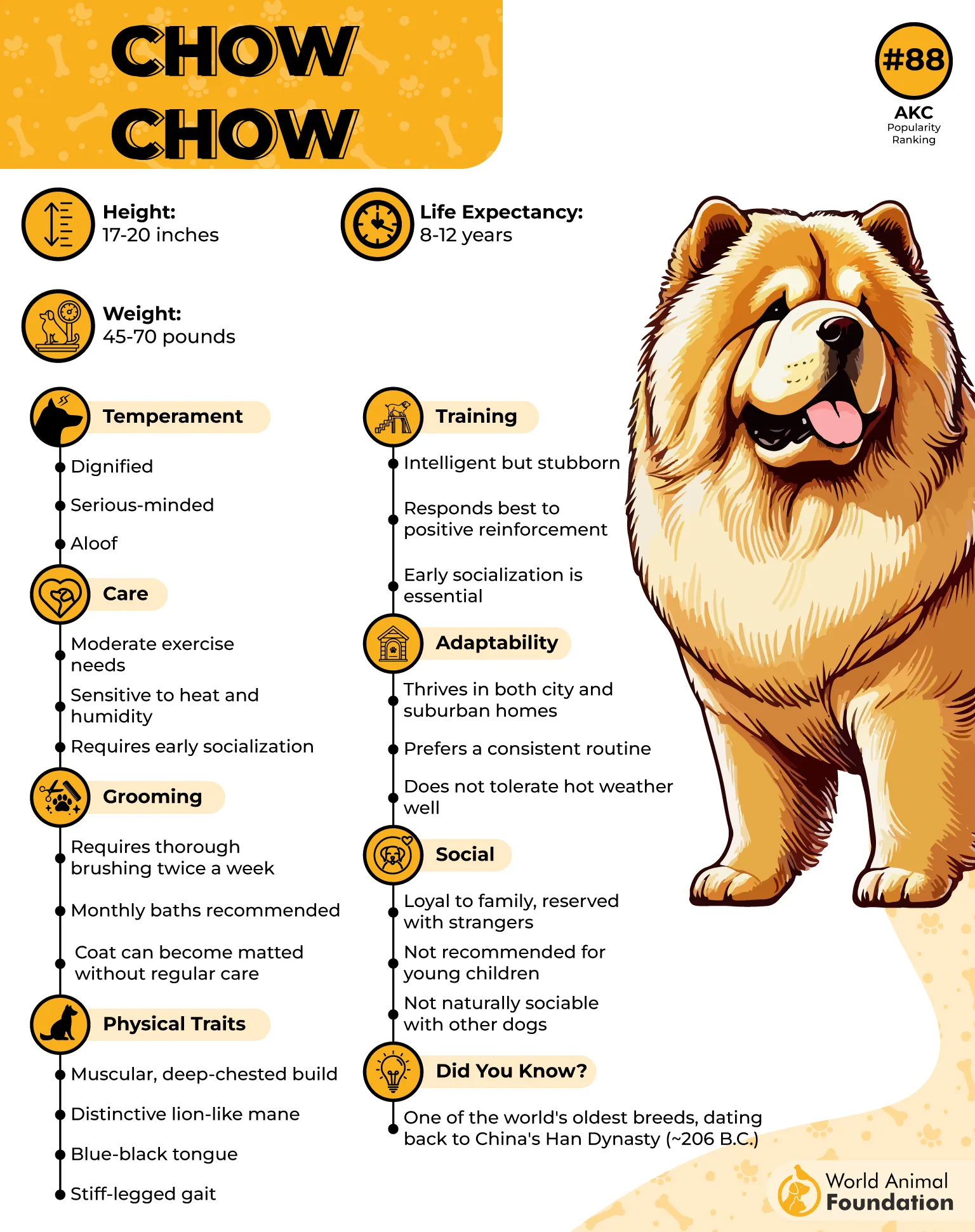
Personality & Temperament
Chow Chows are loyal and protective but tend to be aloof with strangers. They often form a strong bond with one family member while showing little interest in others.
Though intelligent, they aren’t the most playful or patient dogs. Their serious nature means they don’t do well with rough play or noisy environments, making them less suited for homes with small children.
Care & Family Compatibility
These fluffy companions need regular grooming due to their thick double coat, which sheds heavily and can cause overheating in warm weather. They also prefer to be the only pet in the house, as they don’t always get along with other animals and show dangerous behaviors.
While affectionate with their owners, these massive dogs do best in calm, structured households — especially those with older kids and plenty of patience.
2. Dalmatian
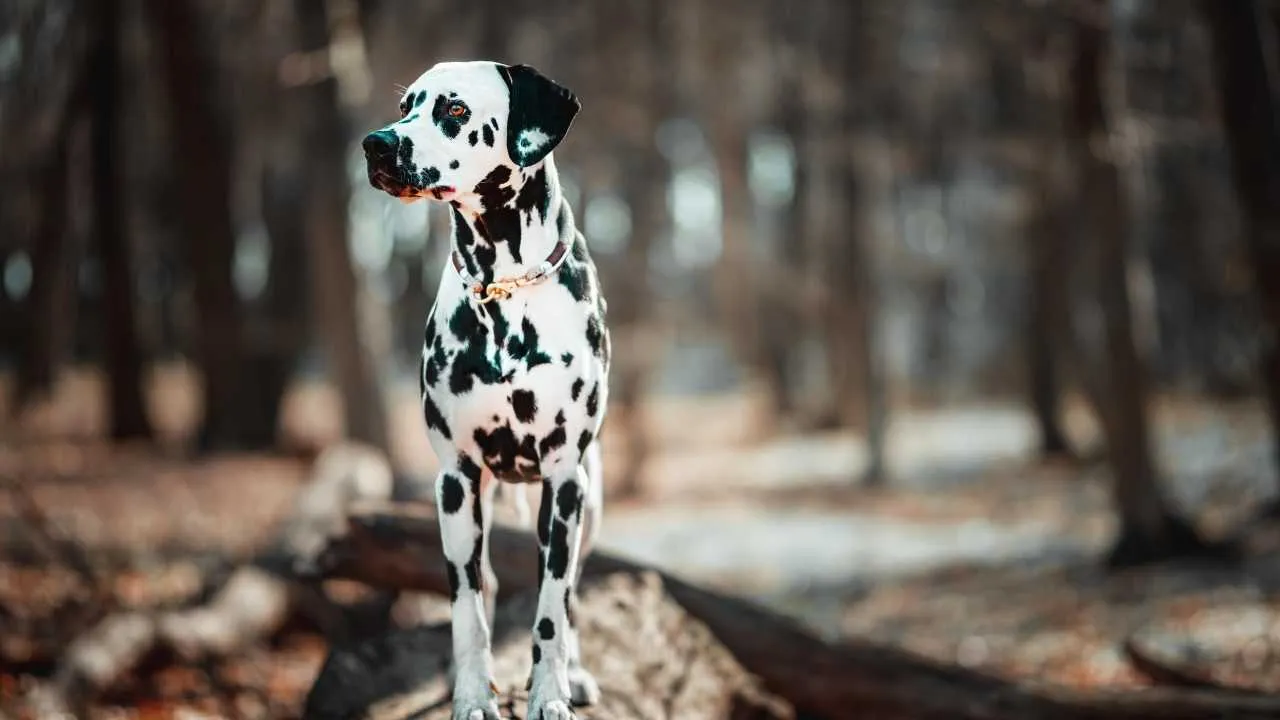
The Dalmatian is one of the most recognizable dogs in the world, thanks to its striking black or liver spots and graceful build. Once known as a “coach dog,” as mentioned by Purina, this breed ran alongside horse-drawn carriages to guard and guide them.
They later became famous as firehouse mascots, running with fire carriages and alerting people to move aside. Today, they’re admired for their beauty, intelligence, and lively spirit.
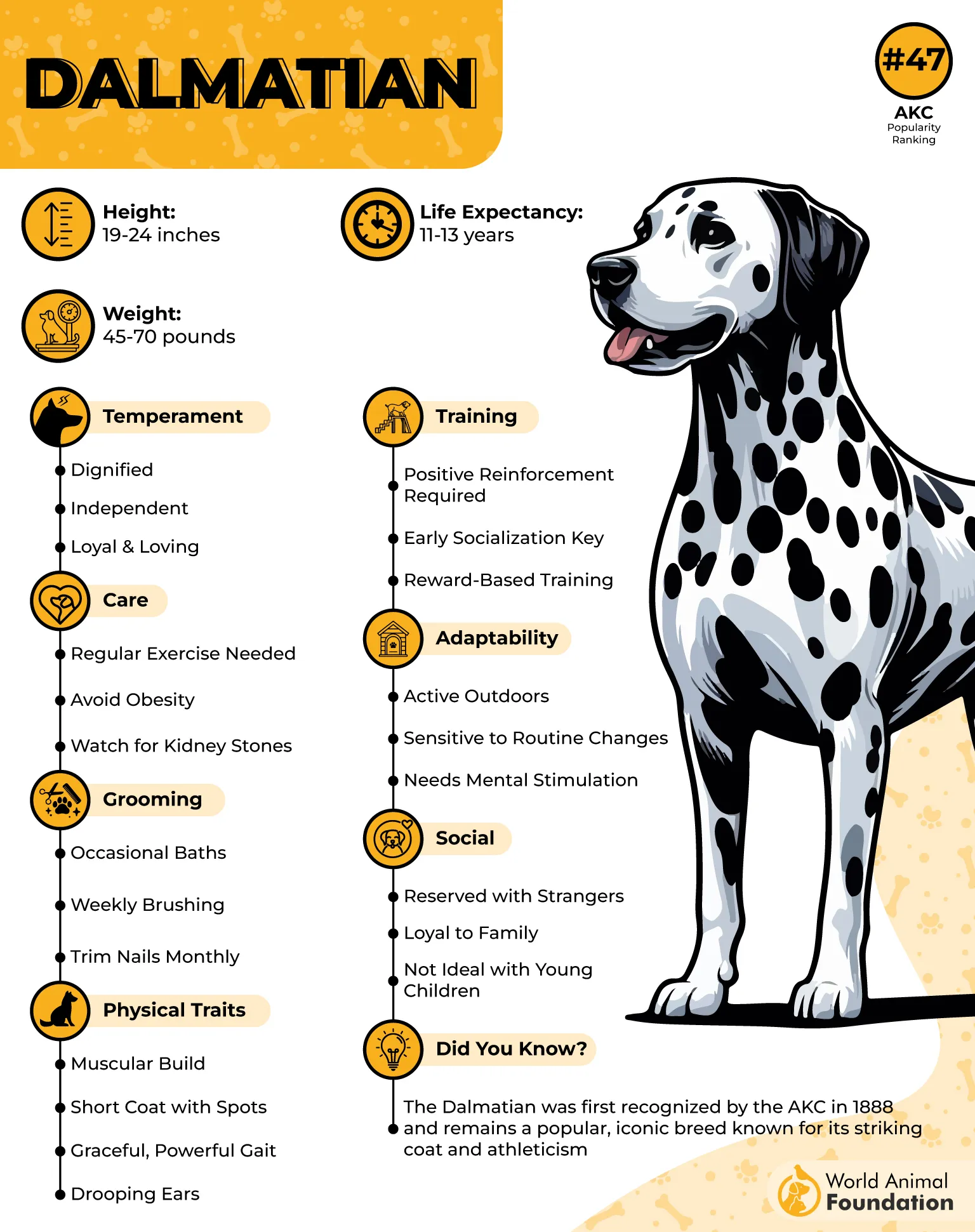
Personality & Temperament
Dalmatians are bright, loyal, and affectionate with their families. However, they can be reserved with strangers and other pets.
These dogs are strong-willed and sometimes stubborn, which means training requires patience and consistency. They thrive on companionship and structure but can become restless or mischievous if left alone for too long.
Energy & Family Fit
This breed has endless energy and needs plenty of exercise and mental stimulation. Without it, Dalmatians may develop destructive habits like chewing or digging.
Their excitement and high energy can overwhelm small children, but they do well with older kids who can match their playful nature. For active families with time to train and exercise their pets daily, a Dalmatian can be a joyful — though demanding — companion.
3. Jack Russell Terrier
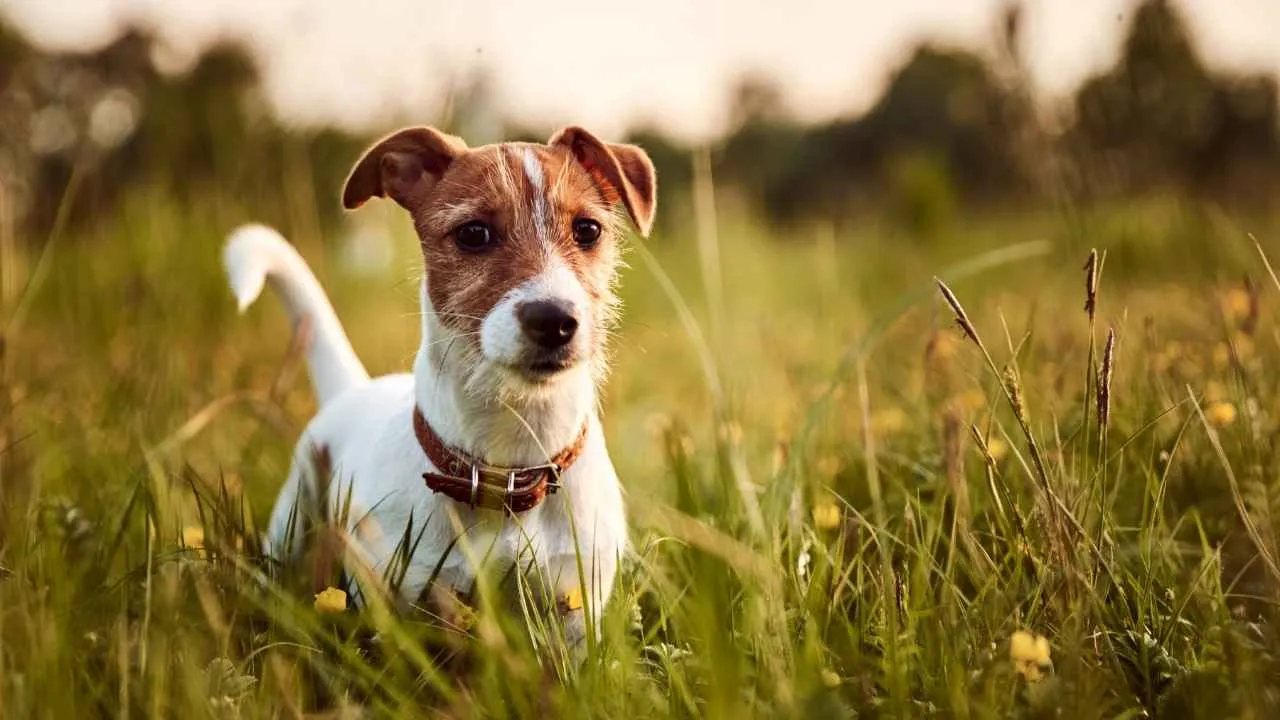
The Jack Russell Terrier, also known as the Russell Terrier, is a small dog with a big personality. Originally bred in England by Reverend John “The Sporting Parson” Russell for fox hunting, this energetic breed quickly gained a reputation for bravery and intelligence.
Despite its cute, toy-like appearance, the Jack Russell is a true working terrier — always alert, active, and eager for adventure.
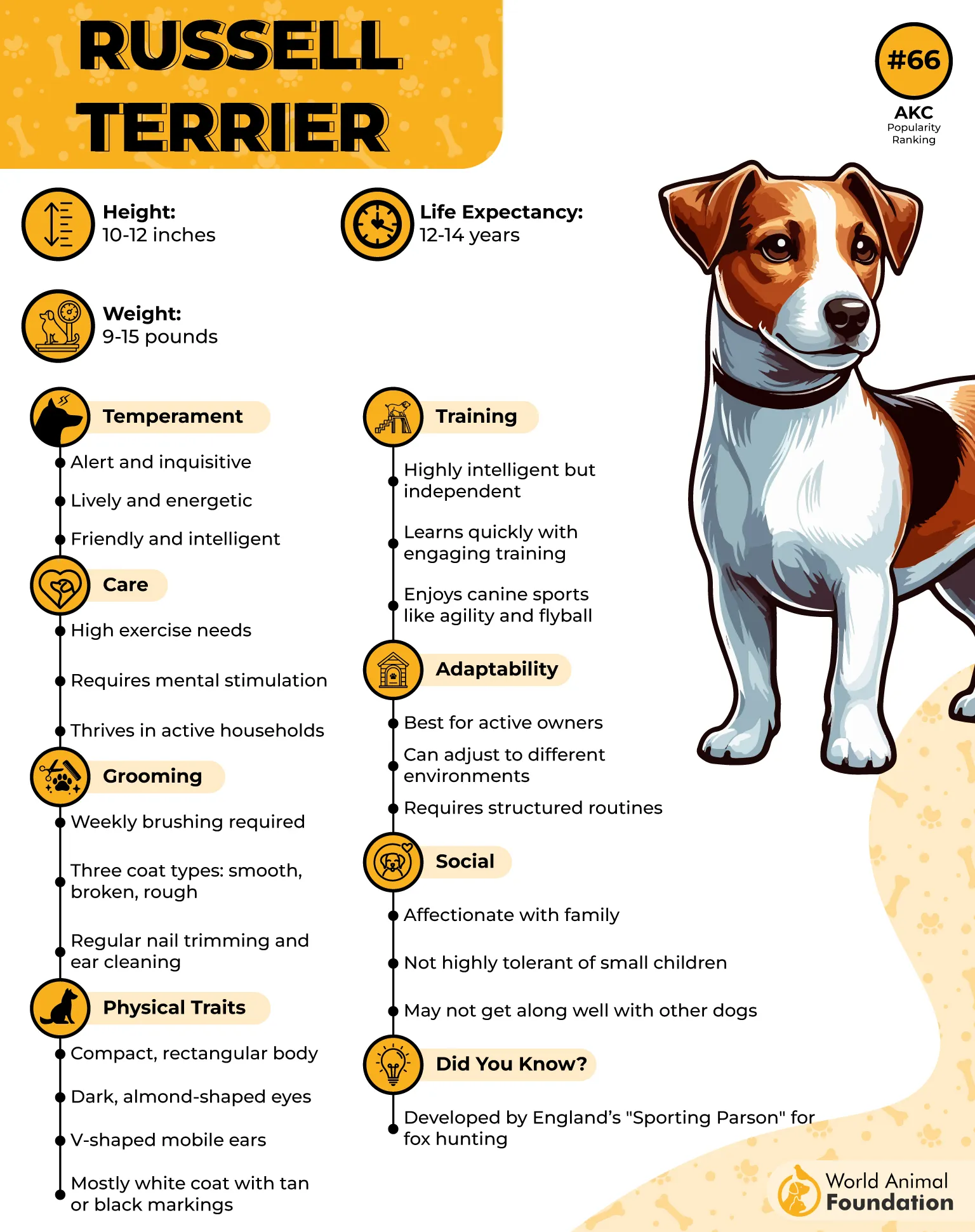
Personality & Temperament
Jack Russells are curious, clever, and full of spirit. They love exploring, chasing, and problem-solving — sometimes a little too much. Their bold attitude and independence make them confident but also a bit stubborn.
These hunting dogs thrive when given direction, attention, and plenty of activity. Without proper training and socialization, they can quickly turn mischievous.
Energy & Family Fit
This breed is bursting with energy and needs lots of exercise and mental challenges every day. A bored Jack Russell will find its own fun, which can include digging, barking, or chewing.
While their small size might make them seem like the perfect family dog, these highly energetic dogs can be overwhelming for households with small children or busy schedules. They’re best suited for active families who can match their enthusiasm and keep them engaged.
4. Basenji
The Basenji, often called Africa’s “Barkless Dog,” is one of the most unique breeds in the world. Known for their elegant looks, tightly curled tails, and expressive eyes, these dogs are quiet but full of personality.
AKC says that instead of barking, they make a sound that’s somewhere between a yodel and a chortle. With their graceful stride and cat-like grooming habits, Basenjis are fascinating companions for those who appreciate independence.
Personality & Temperament
Basenjis are intelligent, curious, and confident. They’re also independent and strong-willed, which can make training a challenge for first-time dog owners.
While playful and mischievous, they aren’t overly affectionate and prefer doing things on their own terms. They can be reserved around strangers and don’t usually enjoy rough play or chaos.
Care & Family Fit
This breed needs plenty of exercise and mental stimulation to stay happy. Their quiet nature may seem ideal for families, but their aloof and cat-like behavior can be confusing for those expecting a cuddly companion.
Basenjis do best in calm homes with older children and patient owners who understand their unique personality. They’re beautiful, clever, and loyal — just not your typical lapdog.
5. Australian Cattle Dog
The Australian Cattle Dog, also known as the Blue Heeler or Red Heeler, is a tough and determined herding breed with roots in the Australian Outback. Bred from the dingo, these dogs were made for hard work and long days of herding livestock.
Their speckled blue or red coats and alert expressions make them as striking as they are smart. Loyal, focused, and endlessly energetic, they’re true working dogs at heart.
Personality & Temperament
These dogs are intelligent, fearless, and independent thinkers. Their strong protective instincts make them loyal to their families but cautious around strangers.
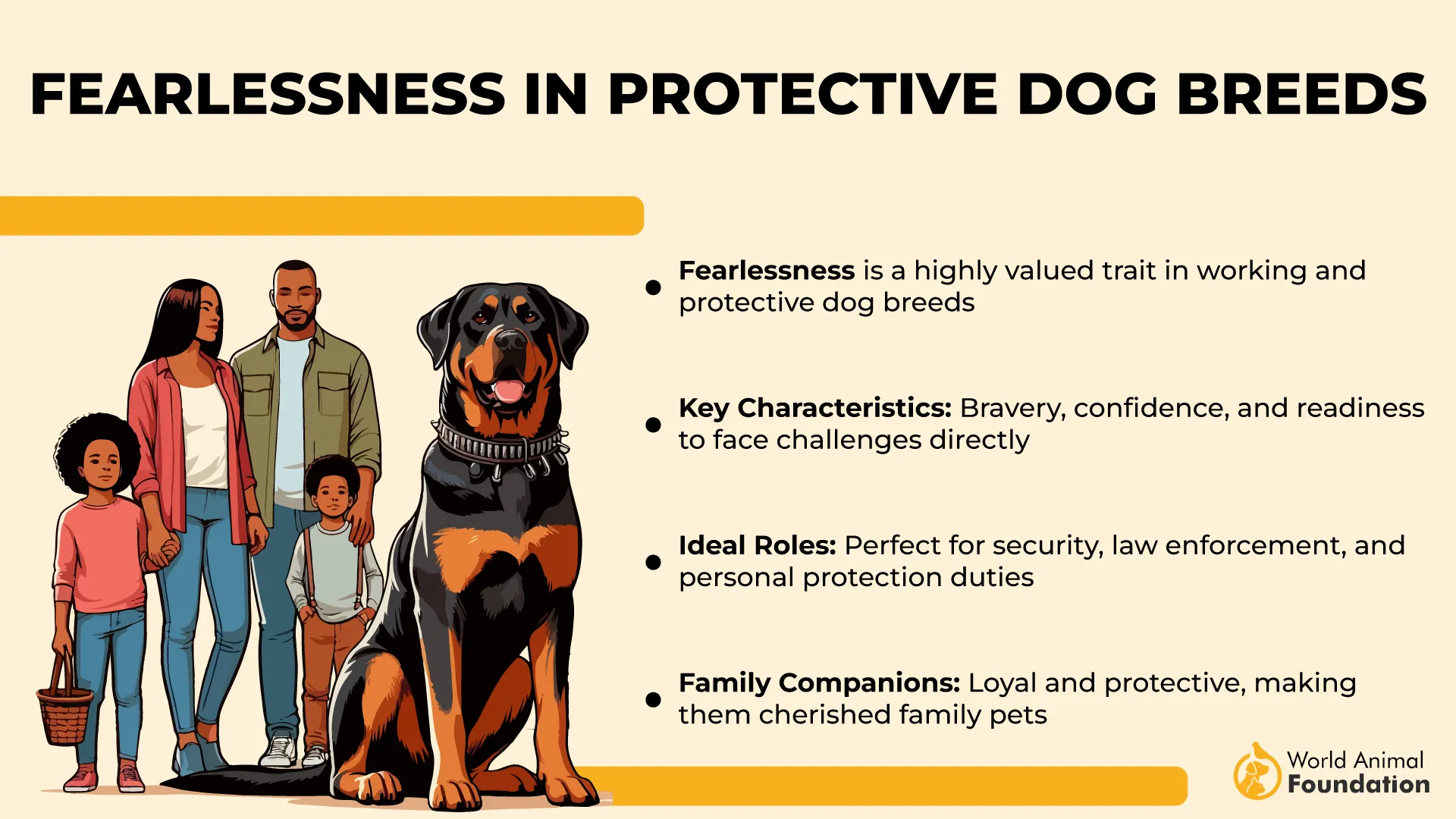
PetMD mentions that Australian Cattle Dogs often try to “herd” children or other pets by nipping at their heels — a behavior that comes naturally from their working background. They’re affectionate with their owners but prefer structured interaction over constant cuddles.
Care & Family Fit
This breed’s energy level is quite a handful. They need plenty of exercise, training, and mental challenges every single day. Without it, boredom can quickly turn into aggressive tendencies.
Because of their intensity, they’re better suited for active adults or families with older children. Australian Cattle Dogs thrive in homes where they have a job to do — whether it’s herding, running, or training — and where their clever minds are kept busy.
6. Siberian Husky
The Siberian Husky is one of the most recognizable and admired breeds in the world. Originating from Siberia, these strong and beautiful dogs were bred by the Chukchi people as sled dogs to pull sleds over long, frozen distances.
They later became famous in Alaska during the “Great Race of Mercy” in 1925, when teams of Huskies helped deliver life-saving medicine to Nome. With their striking blue or brown eyes and wolf-like beauty, Huskies are truly captivating.
Personality & Temperament
Friendly, outgoing, and playful, Siberian Huskies are natural pack dogs that love companionship. However, their independent streak and strong-willed nature can make training a challenge.
They’re full of energy and curiosity, which sometimes leads them into mischief if not properly trained or exercised. Despite their alert look, they’re too friendly to make good watchdogs.
Energy & Family Fit
Huskies are built to run — and they never seem to tire. They need plenty of space, daily exercise, and consistent training from a young age to stay happy. Without these, they can become bored and destructive. Their love for running and chasing small animals means they require secure, fenced areas.
While affectionate and fun-loving, their high energy levels and stubbornness can be overwhelming for families who prefer a calmer companion.
7. Bullmastiff
The Bullmastiff is a powerful and loyal protection dog with deep roots in England’s history. Originally bred by crossing Bulldogs with Mastiffs in the 19th century, this breed was created to help gamekeepers protect estates from poachers.
With its strong, muscular build and confident stance, the Bullmastiff commands attention. Despite their imposing look, they’re calm and affectionate with their families — a mix of courage and gentleness that defines the breed.
Personality & Temperament
Bullmastiffs are brave, intelligent, and devoted. They are natural protectors who take their roles as guard dogs seriously, often forming strong bonds with their owners.
However, their protective nature can make them wary of strangers and overly watchful around children or guests if not properly socialized.
These large dogs are calm indoors and enjoy relaxing with their family, but still need steady leadership and early training. Lack of training and socialization can lead to fatal dog attacks or dog bite incidents.
Care & Family Fit
This breed is relatively low-maintenance when it comes to grooming, thanks to its short, easy-care coat. Bullmastiffs don’t require intense daily exercise but do need consistent training and structure.
Because of their size and protective instincts, these strong dogs are best suited for experienced owners who can manage a powerful dog. When well-trained, the Bullmastiff is a gentle, loyal companion — but one that needs confident handling and clear boundaries.
8. Weimaraner
The Weimaraner, often called the “Gray Ghost,” is a striking and athletic breed that originated in Germany. Once bred for hunting large game, these dogs became favorites among nobles for their beauty, intelligence, and loyalty.
Their sleek silver-gray coat and soulful amber eyes make them one of the most elegant breeds around. Though affectionate and eager to please, these intelligent dogs thrive best with owners who can keep up with their high energy levels.
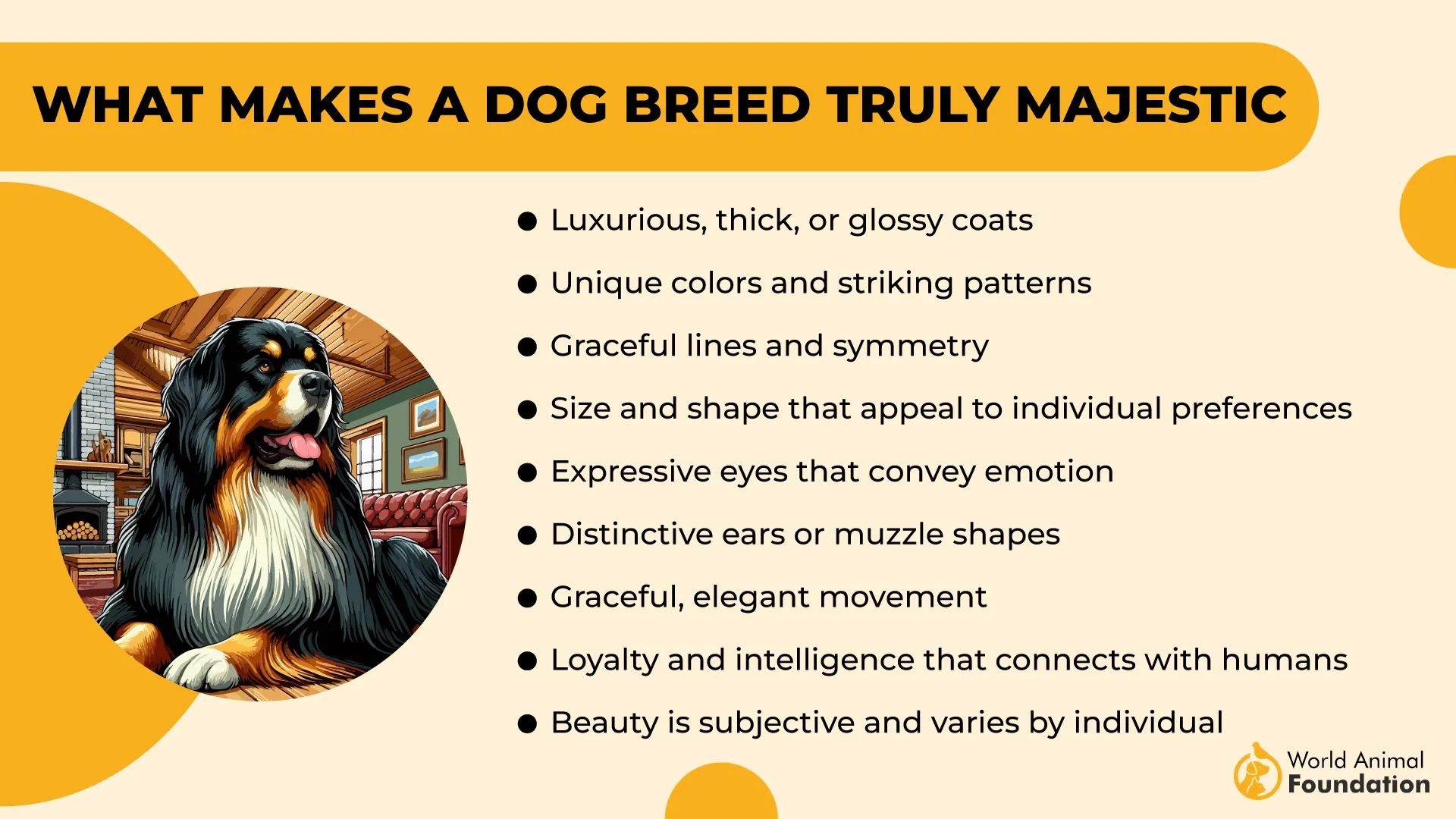
Personality & Temperament
Weimaraners are affectionate, intelligent, and fiercely loyal. They form strong bonds with their families and love being involved in every activity.
However, their determination and incredibly stubborn nature can make training a challenge. These dogs crave attention and dislike being left alone, which can lead to unwanted behaviors if they feel neglected.
Care & Family Fit
These active dogs need plenty of exercise and mental stimulation every day. A bored Weimaraner can become restless, destructive, or even aggressive toward other animals. They do best in active households where they can run, play, and explore regularly.
Families looking for a calm or low-maintenance pet might struggle with their endless energy and need for constant companionship. With the right structure and attention, though, the Weimaraner is a loyal and loving companion — just one that never slows down.
9. Akita
The Akita is a proud and powerful dog from Japan, long admired for its loyalty, courage, and dignity. Traditionally seen as a symbol of good fortune and protection, this breed was once reserved for Japanese nobility.
With their thick double coat, curled tail, and confident stance, Akitas are both striking and commanding in appearance. Beneath their quiet, watchful nature lies a deeply devoted companion for the right owner.
Personality & Temperament
Akitas are intelligent, strong-willed, and fiercely loyal to their families. They are calm and affectionate with those they trust, but can be wary or even aggressive toward strangers and unfamiliar animals.
Their protective instincts make them excellent guardians, but these same traits can be difficult to manage in busy family settings or around small children.
Care & Family Fit
This breed requires early training, firm leadership, and consistent socialization to prevent territorial or possessive behavior. Akitas do best in homes with experienced owners who understand their independent temperament.
They’re not ideal for families with multiple pets or young kids, but can be loving and loyal to households that respect their space and boundaries. In the right environment, the Akita is a majestic and devoted companion — one that commands both respect and admiration.
Conclusion
While every dog is unique, certain breeds may not thrive in every home. Even mixed breeds can show traits that make them challenging companions, which is why understanding a dog’s behavior before adoption is essential. Working with reputable breeders or experienced trainers helps prospective owners choose wisely and avoid surprises.
Some of the sweetest dogs can still display dominance or a high bite force, while others among the so-called worst dog breeds simply need structure and patience. Most dogs are capable of being great dogs with the right care, but most owners must stay informed to prevent serious attacks or problems from aggressive dogs.
Apart from the ones mentioned above, there are other dogs as well that are worth mentioning. Border Collies and Australian Shepherds may try to dominate, while the American Pit Bull Terrier, German Shepherd, and Belgian Malinois can become territorial.
Alaskan Malamutes often clash with same-sex dogs, and even gentle breeds like Labrador Retrievers and Golden Retrievers may feel stressed around pushier companions. French Bulldogs can be defensive if provoked. Knowing these traits helps maintain balance and harmony among household dogs.


